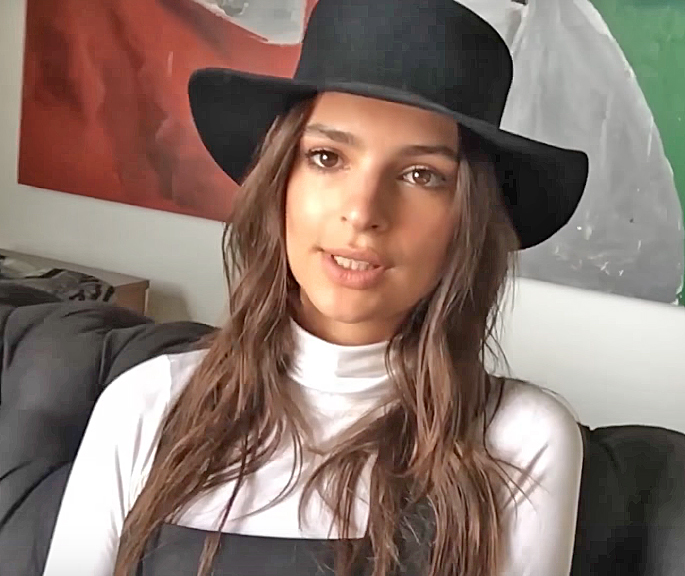
In the hyper-connected digital age, where sharing moments and memories on social media has become second nature, it might seem utterly baffling to hear that even world-famous celebrities can find themselves embroiled in legal battles simply for posting a picture of themselves. Yet, this is a surprisingly common, and often costly, reality for many high-profile stars. From Kim Kardashian to Gigi Hadid, a growing number of celebrities have faced copyright infringement lawsuits after sharing images captured by paparazzi or professional photographers on their own social media accounts, sparking widespread confusion and highlighting a critical, often misunderstood, aspect of intellectual property law.
At the heart of these perplexing cases lies a fundamental concept in copyright law: just because you’re in a photo doesn’t mean you own it. When a photographer, including a paparazzo, presses the shutter and captures an image, they automatically become the owner of the copyright to that photograph. This legal right grants them exclusive control over how the image is reproduced, distributed, or publicly displayed. Even if the subject of the photo is a globally recognized celebrity, or the picture was taken in a bustling public space, the individual depicted does not automatically possess the legal right to post that photo without obtaining explicit permission or a license from the copyright holder.
This intricate legal landscape often pits a celebrity’s desire to connect with their fans and control their narrative against the photographer’s undeniable intellectual property rights. To illuminate this complex issue, we’re taking a deep dive into some of the most prominent instances where celebrities learned this lesson the hard way. These real-life legal battles serve as powerful reminders that copyright law applies to everyone, regardless of their fame, and understanding its nuances is essential for anyone navigating the digital world.
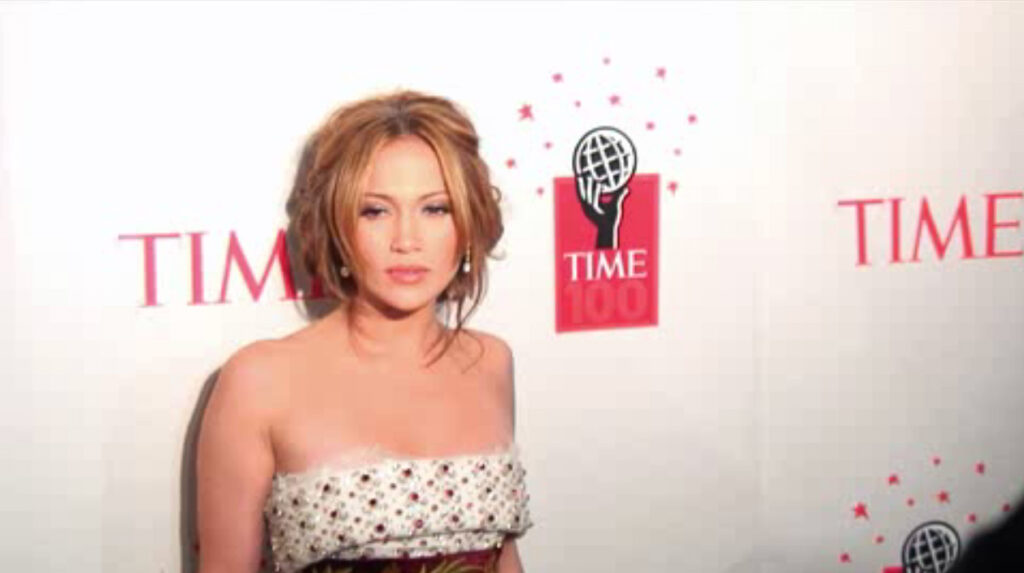
1. **Jennifer Lopez: The Golden Globes Glamour That Sparked a Lawsuit**Jennifer Lopez, a name synonymous with global stardom and iconic fashion, found herself in the spotlight for reasons beyond her sartorial choices when she was sued for copyright infringement. The superstar posted paparazzi photos of herself on Instagram and X (formerly Twitter) without permission, leading to a legal challenge from photographer Edwin Blanco and photo agency Backgrid USA. This particular lawsuit revolved around images taken at a pre-Golden Globes party in January 2025, where Lopez donned a stunning white Silvia Tcherassi dress and a fur coat, radiating her characteristic glamour.
The core of Blanco and Backgrid’s claim was that Lopez’s use of these images was explicitly commercial in nature. Her social media post, captioned “GG Weekend Glamour,” quickly led to widespread sharing by fan pages and fashion brands, effectively leveraging the photos for self-promotion and to bolster her fashion affiliations and brand partnerships. The lawsuit sought a significant sum, up to $150,000 in damages, and demanded a jury trial, underscoring the seriousness with which copyright holders pursue unauthorized commercial use of their work.
This wasn’t Lopez’s first encounter with copyright disputes, as she had faced similar lawsuits in both 2019 and 2020, which were ultimately settled out of court. These repeated incidents highlight a commonly misunderstood aspect of copyright law: the distinction between “right to publicity” and copyright ownership. While Jennifer Lopez, like other public figures, has the undeniable right to control how her image is used in advertising or marketing, this right of publicity does not automatically grant her the authority to post or reuse photos taken by others without their express permission or a proper license.
Her case serves as a powerful illustration of how even a seemingly innocuous social media post can be scrutinized as evidence in legal proceedings, particularly if it contributes to promoting a product, service, or boosts a personal brand. It underscores the importance of securing proper licensing for any professional image shared online, a lesson that even the most seasoned celebrities are continually learning in the evolving digital landscape.
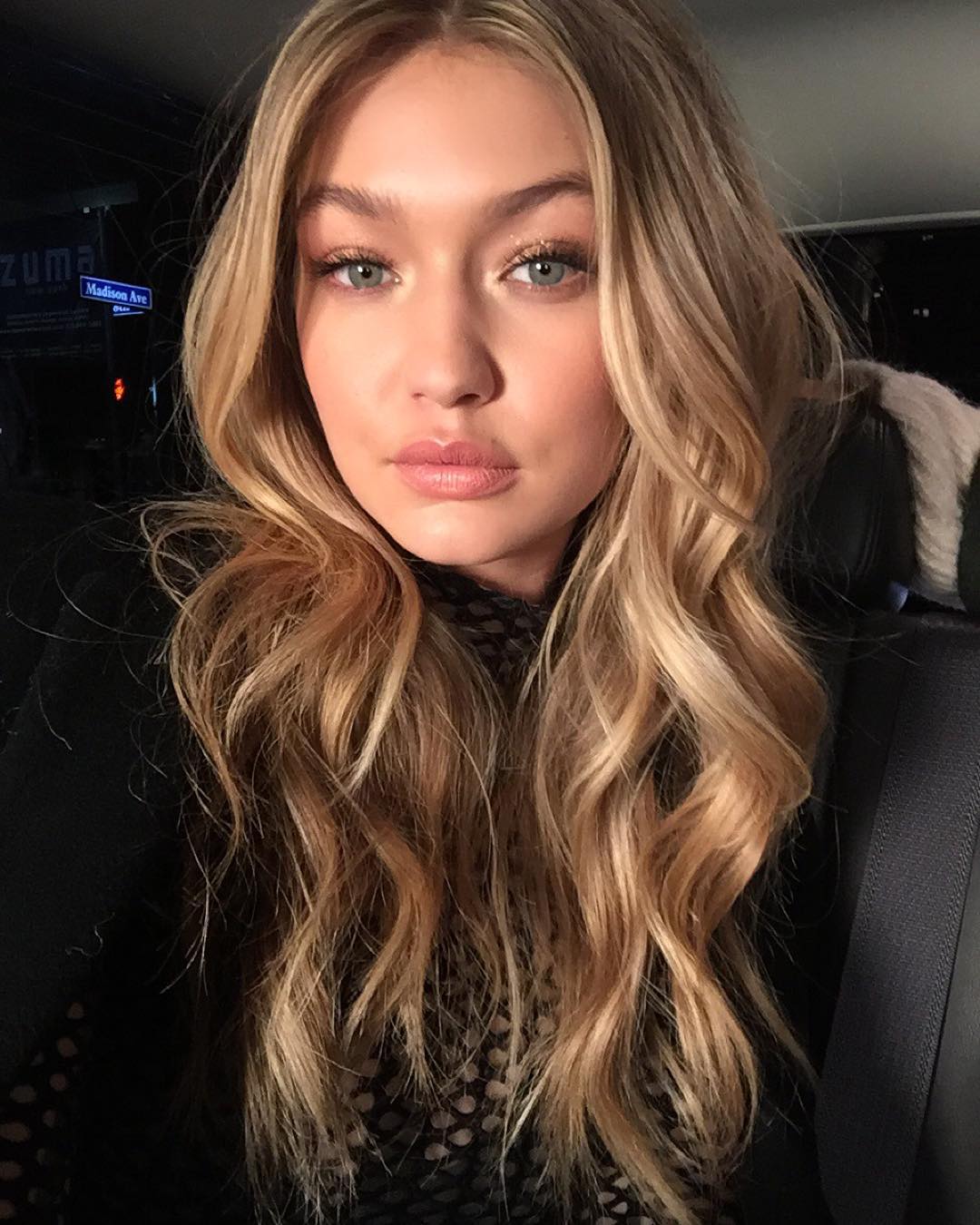
2. **Gigi Hadid: The Supermodel Who Faced a Copyright Claim for Her Own Image**Supermodel Gigi Hadid, a familiar face in fashion campaigns and on magazine covers, also experienced the unexpected legal fallout of sharing a paparazzi photo of herself on Instagram. In 2019, Hadid was sued for posting an image that she herself was the subject of, without having obtained the necessary permission from the photographer or the licensing agency. This case resonated widely, showcasing how even individuals in the public eye, whose careers are built on their image, do not inherently own the rights to every photo featuring them.
The underlying principle here is crystal clear: when a photographer captures an image, they automatically hold the copyright. This means that regardless of who is in the picture, the photographer maintains exclusive rights to reproduce, distribute, and display that photo publicly. Hadid, despite being the focal point of the paparazzi shot, did not possess these rights, and therefore, her act of reposting it on her highly influential social media platform was deemed copyright infringement.
While the specific details of the resolution note that the case was eventually dropped due to “technicalities or procedural grounds,” the incident itself sent a stark warning throughout the influencer and celebrity communities. It reinforced the message that crediting the photographer, while a polite gesture, does not legally absolve one of copyright infringement. The expectation remains that models, influencers, and anyone else using professional images must either secure a license or obtain written permission from the copyright holder before sharing, especially on monetized or promotional accounts.
This incident highlights a crucial lesson for anyone whose livelihood depends on their visual presence online. The ease of digital sharing can often mask the complex legal ownership of images. For professional models reposting photoshoot images or brands sharing fan photos, the onus is on them to verify ownership and secure proper rights, lest they face similar legal challenges, even if they are the central figure in the photograph.
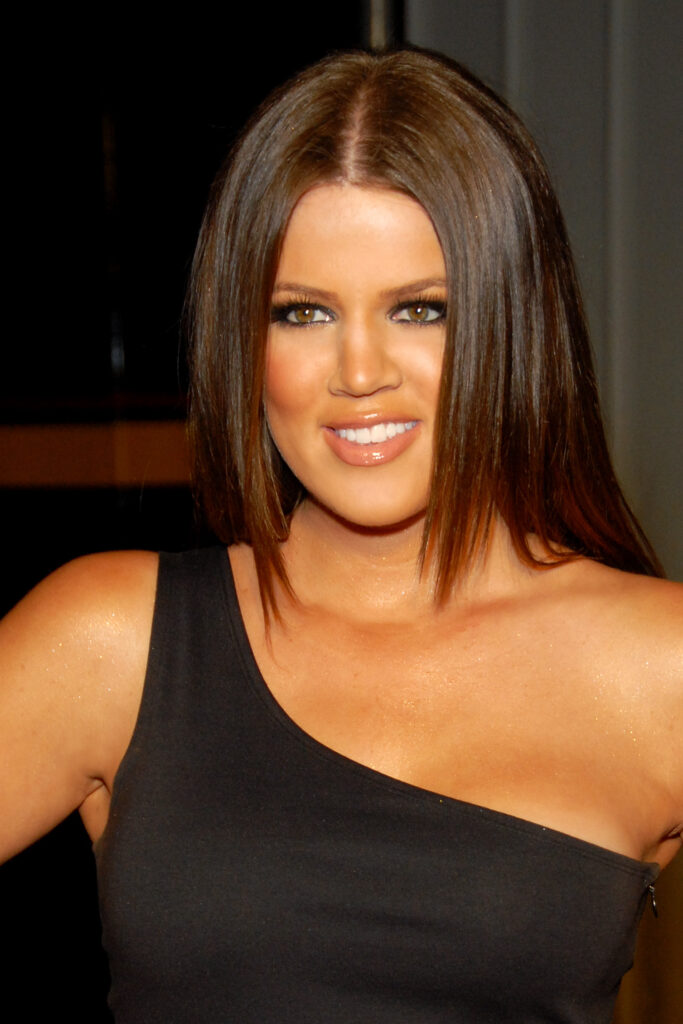
3. **Khloé Kardashian: Navigating the Complexities of Professional Photography on Social Media**Khloé Kardashian, another prominent figure in the celebrity sphere known for her robust social media presence, also found herself embroiled in a similar copyright infringement lawsuit. She faced legal action after posting a photo of herself taken by a professional photographer on her Instagram account without explicit permission. This case, like Gigi Hadid’s, underscores the pervasive nature of this legal issue, extending even to images taken by general professional photographers, not just paparazzi.
The lawsuit against Khloé Kardashian was filed in April 2017 in a California federal court by Xposure Photos, a UK-based photography agency. The agency alleged that Kardashian’s unauthorized use of the image on her Instagram—a platform with immense reach and commercial potential—directly harmed Xposure’s ability to license that specific image commercially. For photography agencies, licensing images is their primary source of revenue, and unauthorized reposting by a celebrity can severely undercut this commercial value.
This incident highlights how critical it is for individuals, including celebrities, to understand the commercial implications of their social media activity. When a photo is shared on an account with millions of followers, particularly one that is often linked to product endorsements or personal branding, it can easily be interpreted as a form of commercial use. This directly conflicts with the exclusive commercial rights held by the photographer. Therefore, even if the photo serves a personal narrative for the celebrity, its public display on a monetized platform can trigger legal challenges.
The Kardashian case further cemented the understanding that the act of simply posting a copyrighted image without the necessary rights can lead to significant financial and reputational costs. It’s a clear demonstration that even for photos taken by professional studios or agencies, a subject must obtain a license or written consent, reinforcing the rigorous standards of copyright law in the digital age.

4. **Justin Bieber: The Power of Social Media and Copyright Infringement**Pop superstar Justin Bieber, whose life has been meticulously documented by cameras since his teenage years, also faced legal action for copyright infringement, providing yet another high-profile example of this ongoing dilemma. Bieber was sued after he posted a paparazzi photo of himself and his friend, Rich Wilkerson, peering out of a car onto his Instagram account. The image had been taken by photographer Barbera, and Bieber shared it without proper credit or, crucially, permission.
This case perfectly illustrates how the sheer reach and influence of celebrity social media accounts can amplify the impact of copyright infringement. When an image is shared by a global icon like Bieber to his massive following, it instantly gains immense exposure and potentially commercial value. Even if the intent was casual, the act of posting a copyrighted photo without authorization, especially on a platform that often serves as a promotional tool, can constitute a direct violation of the photographer’s exclusive rights.
The specifics of the legal action against Bieber underline the fact that simply acknowledging the source or “crediting” the photographer, while a step many social media users believe is sufficient, does not make an unauthorized post legal. Copyright law requires explicit permission or a valid license for use. Without this, the photographer retains their exclusive right to control how their work is distributed and displayed, irrespective of the subject’s fame or the post’s context.
Justin Bieber’s experience serves as a clear warning to all social media users, not just celebrities: always assume that any professional photo you didn’t personally take is copyrighted. To avoid legal repercussions, the only safe path is to either ensure you own the copyright, obtain explicit permission, or secure a proper license before sharing. This protects both the rights of the creators and safeguards individuals from unexpected and costly legal disputes.
The surprising truth of copyright law in the digital age extends far beyond the high-profile cases we’ve already explored. As more of our lives, and the lives of celebrities, play out across social media, the complexities of image ownership continue to generate unexpected legal battles. Understanding these nuances is not merely an academic exercise for legal scholars; it’s a vital lesson for anyone, from global icons to everyday social media users, navigating the intricate landscape of intellectual property. We’ve seen how even seemingly personal posts can be interpreted as commercial use, triggering costly disputes. Now, let’s delve deeper into further celebrity encounters with copyright law and then distill the essential legal concepts and practical guidance everyone needs to safeguard themselves.

5. **LeBron James: The Athlete’s Encounter with Copyright Boundaries**Even an athlete of LeBron James’s global stature is not immune to the intricate web of copyright law, demonstrating that fame offers no exemption when it comes to image ownership. While the specific details of his case, like others in the sports world, often go through a less public settlement process, his inclusion among celebrities who’ve faced claims underscores a universal principle: the power of a public figure’s image. For iconic athletes, every photo, every captured moment, can carry immense commercial value, making unauthorized use a direct threat to the photographer’s livelihood and exclusive rights.
When a paparazzo or professional photographer captures an image of LeBron James, the copyright to that image vests instantly with the creator. This means that despite being the unmistakable subject, LeBron himself does not automatically possess the right to reproduce, distribute, or display that photograph without obtaining a proper license or explicit permission. This distinction often surprises many, as the intuitive assumption is that one should control pictures of themselves. However, copyright law prioritizes the creative act of photography, granting the intellectual property rights to the person who captured the light.
The commercial implication for someone of LeBron’s influence is profound. A single post from his widely followed social media accounts, even if intended as a casual share, can instantly disseminate an image to millions. This widespread distribution, especially on platforms that are often leveraged for endorsements or personal branding, can be construed as commercial use. Such an act directly interferes with the photographer’s ability to commercially license their work, leading to valid claims of copyright infringement and demands for substantial damages. It highlights how the sheer reach of celebrity platforms amplifies the stakes of image sharing.
LeBron James’s situation serves as a stark reminder that all public figures, regardless of their domain, must exercise caution and adhere to strict copyright protocols. The ease of digital sharing, coupled with the immediate commercial value of a celebrity’s image, makes it imperative to secure proper licensing or explicit written consent for any third-party photograph before it ever sees the light of social media. Ignoring this can quickly turn a casual post into a contentious legal battle, underscoring the universal applicability of copyright law.

6. **Emily Ratajkowski: The Model’s Battle for Image Control**Emily Ratajkowski, a supermodel whose career is intrinsically linked to her visual representation, has also navigated the challenging waters of copyright infringement claims, bringing into sharp focus the unique dilemma faced by models and influencers. Her experiences highlight that even for individuals whose profession revolves around being photographed, the right to share those images is not inherent. The legal system consistently upholds the photographer’s copyright, regardless of who is depicted or the significance of the image to the subject’s personal brand.
For models, the line between personal and commercial use on social media is particularly blurred. While an image might initially seem like a personal share to connect with fans, its placement on a monetized platform with millions of followers, often featuring sponsored content or brand promotions, elevates it to a commercial endeavor. This commercial interpretation is precisely what can trigger copyright lawsuits, as the unauthorized sharing of a professional image directly undermines the photographer’s exclusive commercial rights to their work. The act of “determining personal identification from photographs” is rarely an issue for someone as recognizable as Ratajkowski, making the infringement easier to prove.
The widespread dissemination of an image on a model’s influential social media account also contributes to the likelihood of it being deemed an infringement. Even if the image is cropped or slightly altered, if the individual remains clearly identifiable and the core content of the copyrighted work is reproduced, it typically doesn’t qualify for exceptions like fair use. This creates a challenging environment for models who rely on visual content to maintain their online presence, yet must constantly be vigilant about the provenance and rights associated with every photo they share.
Emily Ratajkowski’s case, much like Gigi Hadid’s, sends a critical message to the entire influencer community: simply being the subject of a photograph does not grant the right to post it. Professional images, whether from a photoshoot or a candid paparazzi shot, demand explicit permission or a license from the copyright holder. This is a fundamental lesson that continues to shape how visual content is managed and shared in the highly image-driven world of fashion and social media, reinforcing the legal authority of the original creator.
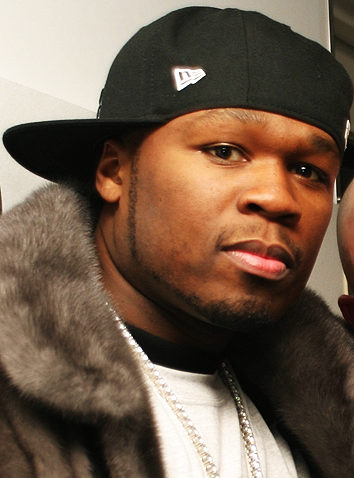
7. **50 Cent: Rap Mogul’s Brush with IP Law**Rap mogul 50 Cent adds another layer to our understanding of celebrity copyright disputes, showcasing how even business-savvy artists with extensive media empires can find themselves on the wrong side of intellectual property law. His encounters with copyright claims emphasize the financial gravity of unauthorized image use, demonstrating that the stakes are high for both the photographer seeking to protect their work and the celebrity facing potential damages. The commercial value tied to a globally recognized brand like 50 Cent’s means any image featuring him is inherently valuable, and its unauthorized use can lead to significant repercussions.
The core of these disputes often revolves around the direct financial harm inflicted upon photographers and photo agencies. Their business model relies on licensing images for commercial use. When a celebrity like 50 Cent, with his massive reach, posts a copyrighted photo without permission, it effectively devalues the photographer’s work and diminishes their ability to generate revenue from that image. This is not merely a matter of courtesy or credit; it’s an economic infringement that can translate into substantial monetary claims, with statutory damages potentially reaching up to $150,000 for willful infringement, as outlined in U.S. copyright law.
The argument that such posts are for “personal use” often fails when examined in the context of a celebrity’s social media presence. Accounts with millions of followers are, by nature, promotional platforms, even if some content appears casual. They serve to maintain brand visibility, engage fans, and indirectly, or sometimes directly, support commercial ventures. This commercial nexus transforms a seemingly innocent share into an act of infringement, pitting the celebrity’s desire for audience engagement against the photographer’s exclusive commercial rights.
50 Cent’s experience serves as a powerful testament to the necessity of due diligence in the digital sphere. It reinforces that crediting a photographer, while a good practice, does not legally absolve one from copyright infringement. The only legally sound path is to obtain explicit permission or secure a proper license before posting any professional image. This proactive approach is critical for high-profile individuals and businesses alike to mitigate the risks of costly legal battles and protect both their reputation and their finances in the face of rigorous copyright enforcement.

8. **Beyond the Headlines: Essential Legal Concepts and Self-Protection in the Digital Age**Moving beyond individual celebrity cases, it’s crucial to dissect the core legal concepts that underpin these disputes and equip everyone with the knowledge to protect themselves. One of the most common misconceptions revolves around “fair use.” Many assume that because an image was taken in public, or if they credit the photographer, it automatically falls under fair use. However, fair use is a narrow exception designed for specific scenarios, such as commentary or criticism, educational purposes, or transformative uses like creating a meme or parody. Simply reposting a full, unaltered professional photo, especially for personal promotion or commercial gain, rarely qualifies. Courts consistently reject this defense when the post is promotional, uses the full image without significant transformation, or impacts the photographer’s market for the work.
Another critical distinction lies between copyright law and the “right of publicity,” also known as misappropriation of likeness. While celebrities and public figures indeed possess the right to control how their name, image, and likeness are used for commercial purposes—meaning a brand can’t use their face to sell products without permission—this right *does not* override the photographer’s copyright. A celebrity can prevent unauthorized commercial exploitation of their identity, but they cannot freely use a copyrighted photo they do not own. This fundamental difference often leads to confusion, but understanding it is key to navigating image rights.
Beyond publicity rights, individuals also have protections under “portrait rights” and “privacy rights.” Portrait rights, though not explicitly defined by federal statute, are recognized through case law as the right not to have one’s likeness photographed, used, or published without consent. This right is closely tied to the right to privacy, which protects individuals from having private matters publicly disclosed without consent, or from being portrayed in a false light. Jurisdictional variations mean that privacy laws can differ significantly state by state, impacting the types of claims available and the scope of protection.
Determining whether an unauthorized use infringes upon these rights often involves considering four criteria: whether the individual can be personally identified from the photograph, the potential extent of dissemination after public release, whether the filming location was a public or private place, and whether explicit consent for both photography and publication was obtained. Consent is, in fact, foundational. Without express or implied consent, particularly in commercial contexts, using a person’s photo can lead to significant legal liability. This is especially true for minors, where parental consent is mandatory, and digital platforms often require users to ensure necessary consents are in place.
The distinction between personal and commercial use is also paramount. While sharing a photo with a small group of friends for private enjoyment might carry less severe legal ramifications, leveraging a photo for business purposes, advertising, or marketing triggers more stringent protections under the right of publicity and copyright law. The digital age has blurred these lines, with influencers often using seemingly personal images in a commercial context, necessitating a clear delineation of intent and purpose.
So, what should creators, businesses, and indeed, all social media users learn from these complex cases? The guidance is clear and actionable. First and foremost, always obtain a license or written permission before using any photo taken by someone else—even if you are the subject. Secondly, prioritize using images where you own or control the copyright, or ensure the photographer has assigned the rights to you. Crucially, do not rely solely on “crediting” the photographer; while good practice, it does not legally circumvent copyright requirements. For complex situations, working with a lawyer to clear image rights for websites, merchandise, or promotional materials is an invaluable step.
Ignoring these principles can lead to severe consequences. Remedies for copyright infringement can include statutory damages ranging from $750 to $30,000 per work, or up to $150,000 if willful infringement is proven. Invasion of privacy claims can result in damages for emotional distress, while misappropriation of likeness can lead to monetary damages and injunctive relief. The statute of limitations for filing claims also varies by jurisdiction, making timely action essential. These are not merely celebrity problems; they are universal challenges in a visually driven digital world where everyone is a potential publisher.
In essence, the digital landscape, with its instantaneous sharing capabilities, demands a heightened awareness of intellectual property rights. The cases of Jennifer Lopez, Gigi Hadid, Khloé Kardashian, Justin Bieber, and countless others serve as powerful reminders that just being in a photo doesn’t grant ownership. Whether you’re a global icon, a rising influencer, or simply an avid social media user, understanding these fundamental legal principles—and actively seeking permission or proper licensing—is no longer optional; it’s an absolute necessity for safeguarding yourself from unexpected and costly legal disputes in our interconnected world.
In this era of unprecedented connectivity and visual sharing, the lesson is clear: legal obligations, particularly concerning image rights, apply to everyone. The ease with which content can be disseminated online necessitates a proactive and informed approach. Respecting the rights of creators, understanding the nuances of copyright, fair use, privacy, and publicity, and consistently obtaining proper permissions are not just legal requirements but ethical responsibilities that pave the way for a more secure and respectful digital environment. These principles empower us all to navigate the complexities of online sharing with confidence, ensuring that creativity is valued and legal boundaries are honored.



